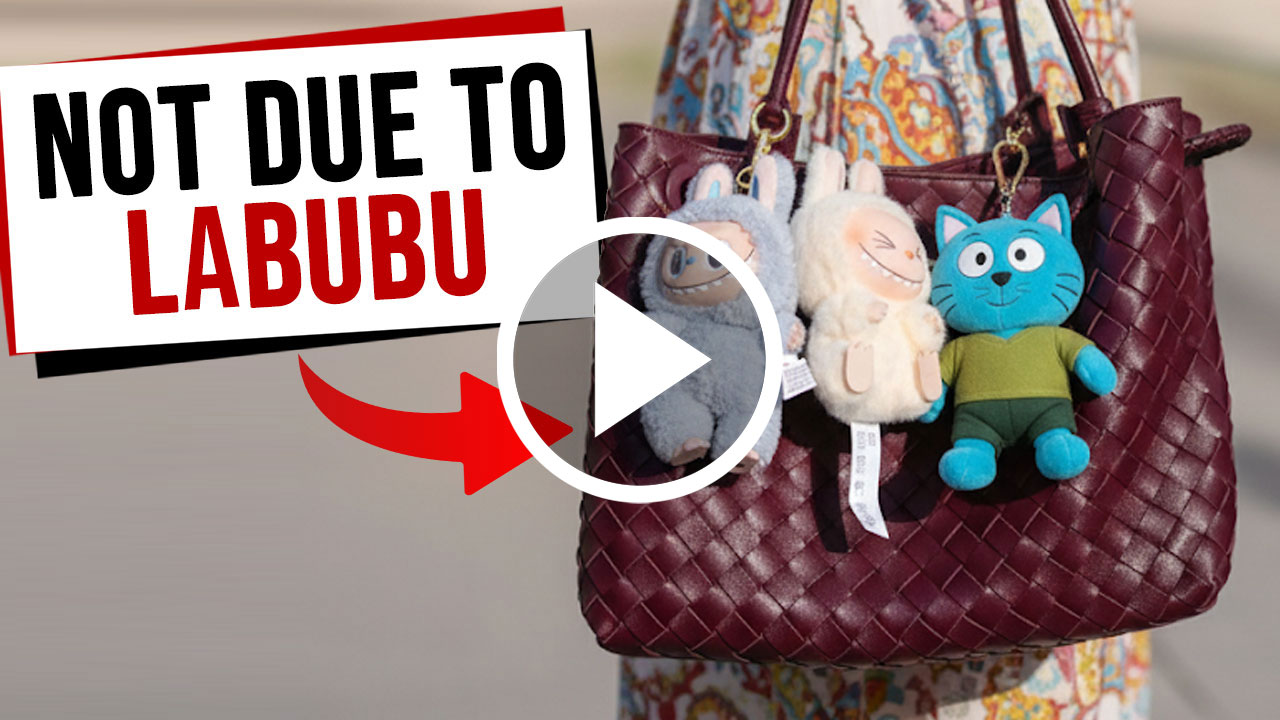Besides transforming ordinary discount stores into shopping havens, Japan also has quite a knack for the whimsical and adorable.
For instance, there’s Ōkunoshima, a small island in the Seto Inland Sea. More commonly known by its nickname Usagi Jima, which translates literally to rabbit island, it’s populated by about 1,000 furry rabbits.

On the other hand, there are at least three islands where felines rule the streets. I imagine a walk through these islands to feel like swimming in a fluffy ball pit.

Of course, among these animal-themed attractions, Nara Park has got to be one of the most well-known.
Located at the foot of Mount Wakakusa in the city of Nara, the park is one of the oldest parks in Japan. Historical significance aside, it is home to more than 1,200 deers.

However, given the Covid-19 pandemic’s devastating impacts on the travel industry, the fate these animals are subjected to in the absence of visitors are rather worrisome.
Absence of Travellers Causing Nara Deers To Become Emaciated?
The Nara deers are famed for having adopted the Japanese’s admirable mannerisms. They would bow to patrons, who were mainly travellers, for senbei (crackers).
Though the Nara Deer Preservation Foundation insists that the crackers serve only as an add-on to the mammal’s natural diet, evidence suggests otherwise.

A series of images began circulating on the Internet in August.


They are allegedly recent photos of the Nara deers, who appear emaciated; the outline of their bones visible against their skin.

According to Assistant Professor of Conservation Ecology Shiro Tatsuzawa, their poor conditions could be due to their reliance on being fed the crackers.
They might have become unaccustomed to eating grass, which makes up their natural diet.
Nara Deers Desperate For Food
Amidst the Covid-19 lockdown, travel restrictions have been imposed on a vast scale. Popular destinations are rendered almost vacant for months, including Nara Park.
The situation has driven the rodents out of their usual habitat before. Deers began showing up at the Nara station, which is situated 3.1km away from the park.

By foot, that’s a 20-minute journey.
They were also spotted grazing grass and shrubs by the road, as well as wandering into urban spaces in search of food.
These behaviours signal their desperation, as navigating the urban landscape could be dangerous.
Support Local Animal Cafes
Animals tend to suffer from our actions. Alterations to the deers’ diet are likely also a result of conditioning by humans.
That said, there’s little we can do – I don’t think ‘saving the Nara deers’ counts as official business to qualify for the green lane to Japan.
In the meantime, consider supporting local animal cafes, or this hotel-turned-cafe, so that our furry friends won’t go hungry.




